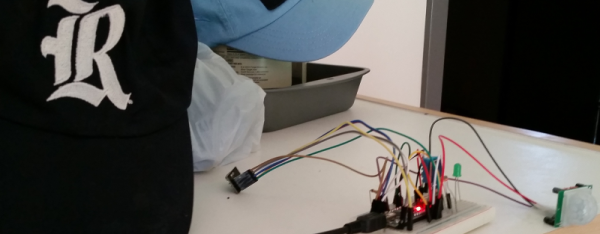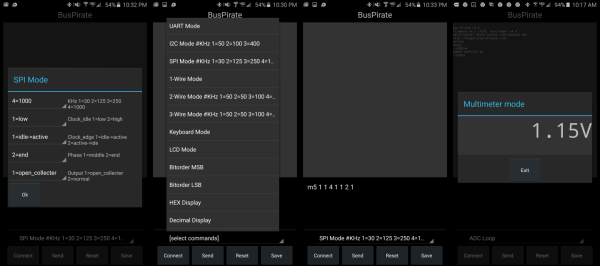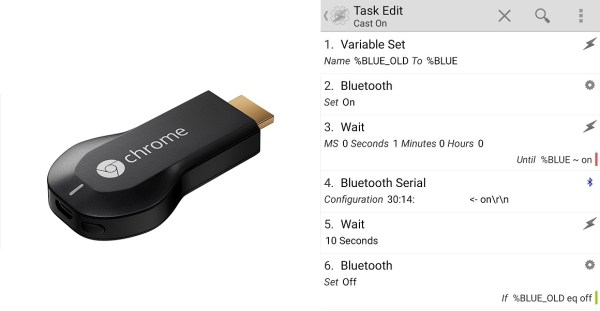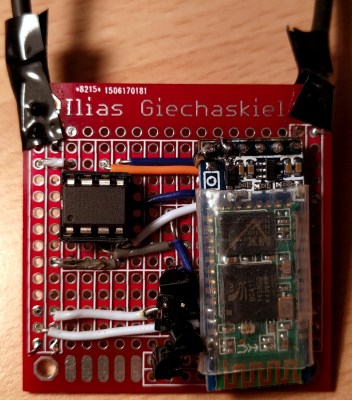There’s an old saying that the only two things that are certain are death and taxes. However, unless you live in a nudist colony, there’s probably also laundry. [Darpan Bajaj] and some friends were at a hackathon and decided to put their washing machine on the Internet.
Most of us here at Hackaday — and many Hackaday readers, judging by the comments — are a little suspicious about how much we really need everything attached to the Internet. However, a washing machine is probably not a bad idea: you use it often, you need to know when it is done, and you probably don’t want to just sit and watch it spin. Besides, the intended installation is in a hostel where there are multiple machines and many potential users.






 Now in all honesty, the Chromecast gets hot but the amount of power it draws when not in use is still pretty negligible compared to the draw of your TV. Every watt counts, and [Ilias] took this as an opportunity to refine his skills and combine a system using an Arduino, Bluetooth, and Android to create a robust power switch solution for the Chromecast.
Now in all honesty, the Chromecast gets hot but the amount of power it draws when not in use is still pretty negligible compared to the draw of your TV. Every watt counts, and [Ilias] took this as an opportunity to refine his skills and combine a system using an Arduino, Bluetooth, and Android to create a robust power switch solution for the Chromecast.










